Share Market News Today | Sensex, Nifty, Share Prices HIGHLIGHTS: Domestic equity market benchmarks BSE Sensex and NSE Nifty 50 extended gaining streak to the fourth consecutive day on Tuesday. BSE Sensex jumped 456 points or 0.8 per cent to end at 60571, while NSE Nifty 50 ended at 18070. Stocks of Bajaj Finserv, IndusInd Bank, Bharti Airtel, L&T, HDFC Bank, Reliance Industries, Titan Company, among others were top index gainers. On the flip side, Tata Consultancy Services was the top index laggard, followed by Asian Paints, Tech Mahindra, Dr Reddy’s, Sun Pharma, and Maruti Suzuki India. India VIX, the volatility index, fell 2.6 per cent to settle at 2.6 per cent.
 Live Updates
Live Updates
Share Market Today | Sensex, Nifty, BSE, NSE, Share Prices, Stock Market News
15:38 (IST) 13 Sep 2022 Closing bell: Sensex, Nifty end at 5-month high
BSE Sensex jumped 456 points or 0.8 per cent to end at 60571, while NSE Nifty 50 ended at 18070
14:49 (IST) 13 Sep 2022 ITC share price at new 52-week high
ITC share price rose to new 52-week high of Rs 335 apiece on BSE amid positive market momentum on Tuesday
14:44 (IST) 13 Sep 2022 Indian rupee can take care of itself: CEA Anantha Nageswaran
Indian authorities are not “defending” the rupee as it can take care of itself, Chief Economic Adviser V Anantha Nageswaran has said. “I think India isn’t defending the rupee. India is just making sure that the market forces and the economic fundamentals direct the rupee in a particular direction and making sure that it is happening smoothly and gradually,” the government’s top economist said on September 13 while speaking at the 15th Mindmine Summit. “I don’t think Indian fundamentals are such that we need to defend the rupee. The rupee can take care of itself,” he added.
14:15 (IST) 13 Sep 2022 Market rally may not sustain when Q2 results start coming in
“The markets are going higher on decreasing daily volume at a time when institutional investors are exiting. 18000 is a landmark number but I do not think it will sustain when the Q2 results start coming in. The second quarter experiences a weak rupee and high inflation; coupled together it means that input costs of firms were exorbitantly high with no time to pass on these costs to customers. Earnings will probably drop by around 6% which will in turn pull down valuations of large-cap stocks.”
~Suman Bannerjee, CIO, Hedonova
14:05 (IST) 13 Sep 2022 What’s crippling share market? SEBI boss calls out markets’ polio, smallpox; no view on IPO pricing
SEBI chairperson Madhabi Puri Buch termed insider trading, front running, and information asymmetry as Indian equity market’s smallpox and polio. She assured that SEBI’s every single policy is back-tested by data. “There is not a single piece of paper now that moves within SEBI that is not backed by data,” Buch said at an event on Tuesday, 13 September. She added that the capital market regulator was trying to keep pace with the evolution of the market. SEBI holds no view on the IPOs pricing, and companies are free to price their issue, which they feel is appropriate for them, Buch iterated. Read full story
13:13 (IST) 13 Sep 2022 Stock markets poised to rise further
We are confident the market will continue to do well as levers for growth continue. India’s PLI scheme, China plus one strategy, India as among the fastest growing economies in the world and inflation continuing to remain soft are all indicators that the market should do well. India is in a very sweet spot where growth would be high and inflation low. These two combined are rare to find in a volatile world economy. No fund manager can afford to ignore this. Therefore, we believe that 18k is just a number and that Indian indices will continue to rise even further. Sunil Damania, Chief Investment Officer MarketsMojo
13:12 (IST) 13 Sep 2022 India is on a growth path
Nifty has touched 18000 because the undercurrent in the market is robust. India, for the first time, witnessed 10 crore demat accounts, and we are also seeing how FIIs have come back strongly. Even the volume in the market has improved significantly. India Inc’s earnings and their commentary continue to make us believe that India is on a growth path. At the same time, the report from Moody’s also suggests that global events will not impact India’s growth story. Sunil Damania, Chief Investment Officer MarketsMojo
11:49 (IST) 13 Sep 2022 FM Sitharaman’s 4-wheel car to drive India’s economic growth: Skills, jobs for youth important; check other 3
Skill building and job creation for the youth, be it in STEM, technology and innovation, or even in non-technical fields, are among the important factors that could help drive India’s economic growth ahead, Finance Minister Nirmala Sitharaman said today in conversation with industrialist Sunil Kant Munjal. “Engaging youth power by generating opportunities according to their skills be it innovative, STEM sciences, technological or even non technical, will be a key focus area for the government to ensure workforce participation is at its maximum,” Sitharaman said. Read full story
11:29 (IST) 13 Sep 2022 Gold price today, 13 Sep 2022: MCX gold gets cheaper, down over Rs 250, US CPI inflation to guide yellow metal
Gold Price Today, Gold Price Outlook, Gold Price Forecast: Gold prices in India were trading lower on Tuesday, yellow metal firmed up globally. On Multi Commodity Exchange, gold October futures were ruling Rs 276 or 0.6 per cent down at Rs 50,355 per 10 gram, as against the previous close of Rs 50,631. Silver December futures were trading Rs 463 or 0.8 per cent down at Rs 57,028 per kg. Globally, yellow metal prices held firm near a two-week high hit in the previous session, helped by a subdued dollar, while investors awaited U.S. inflation data that could provide cues on the Federal Reserve’s interest rate hike path. Read full story
11:11 (IST) 13 Sep 2022 Sensex needs to close above previous high of 60400 for sustained rally till 61720
Recovery in global markets especially US and Europe due to lower energy prices have led investors to believe that global inflation could taper off in the coming months. This has led to a strong rally in both Nifty & Sensex since the past few sessions. Technically, Nifty needs to close above 18000 this week and then we can expect 18350-18470 in the coming days. BSE Sensex needs to close above previous highs of 60400 for a sustained rally till 61720. Investors should stay cautious in buying as markets could remain volatile this week due to host of economic data to be announced from US and Europe. AR Ramachandran, Co-founder & Trainer, Tips2Trades
11:10 (IST) 13 Sep 2022 Sensex and Nifty may touch 61500 and 18600 respectively till Diwali
Sensex and Nifty are riding high taking cues from the gain in the global markets. The reclaiming of it’s territories by Ukraine has cooled off the crude oil prices giving some relief to the imports bill. Also, Foreign investors have continued to be net buyers in the Indian market, which is a stark change from a couple of months back. All these factors have combined to give a positive impact on the benchmark indices. Sensex and Nifty may touch the levels of 61500 and 18600 respectively till Diwali festival. Ravi Singh, VP & Head of Research, Share India Securities
11:03 (IST) 13 Sep 2022 Indian companies will have to become global leaders across sectors: FM Sitharaman
In a conversation with Sunil Kant Munjal, Chairman, Hero Enterprise at the 2022 edition of Mindmine Summit, the Finance Minister emphasised on the fact that Indian companies will have to become global leaders across sectors and govt will work on providing more solutions for MSMEs as locally, they are the ones to employ people across economic sections.
10:34 (IST) 13 Sep 2022 FM Nirmala Sitharaman speaks at Mindmine Summit 2022
Union Finance Minister Nirmala Sitharaman was speaking to Sunil Kant Munjal, Chairman of Hero Enterprise, on the topic ‘Post Pandemic: Repurposing India!’ at the opening session of 15th edition of Mindmine Summit 2022
10:24 (IST) 13 Sep 2022 Rupee trades at 6-week high
Indian Rupee trades at six week’s high level at 79.15 against US Dollar
10:21 (IST) 13 Sep 2022 Indian rupee likely to trade in 78.70-80.10 range against US Dollar amid global uncertainties
The rupee could start the day on a positive note amid foreign fund inflows, risk-on sentiments and lower crude oil prices. Risk sentiment was bolstered by developments in Europe, where Ukraine was making progress in its counteroffensive against Russia. While investors now appear comfortable with the prospect of a 75-basis point interest rate rise by the Federal Reserve. Read full story
10:16 (IST) 13 Sep 2022
HDFC Life Insurance shares opened higher after a huge block deal in which around 43 million shares changed hands. Around 43 million shares, or 2% stake of the firm, changed hands in bunch trades, reported Bloomberg. However, details of the buyers and sellers were not known. The stock was trading at Rs 594 on BSE, up 2.5% from its previous close.
10:15 (IST) 13 Sep 2022 Ujjivan Small Finance Bank shares fall 2%
Ujiivan Small Finance Bank sheds 2%; opens QIP issue at a floor price of Rs 21.93 a share
10:13 (IST) 13 Sep 2022 Bajaj Finserv jumps 4.7%
Bajaj Finserv shares were trading ex-bonus and ex-split. The stock gained 4.7 per cent. The company had fixed September 14, 2022 as the ‘Record Date’ for the purpose of determining the members, eligible for the sub-division of existing equity shares, and issue of bonus equity shares.
09:44 (IST) 13 Sep 2022 MCX Crude oil September futures may trade at Rs 6500-7250/bbl this week; OPEC cuts output, US CPI focus
The recent bounce back in oil prices can be mainly attributed to a sharp fall in the dollar index, which is not expected to sustain unless US CPI surprises on the downside. Demand concerns and rising supplies from OPEC+ might weigh down on oil prices. West is actively formulating a price cap mechanism by year-end when EU sanctions take place, without affecting Russian oil output. Meanwhile, US Secretary of State Antony Blinken said it was unlikely that the US and Iran would reach a new nuclear deal anytime soon, providing some underlying support for prices. We expect MCX Crude oil September futures to trade in the range of Rs 6,500-7,250 per bbl for the week, with a downward bias. Read full story
09:25 (IST) 13 Sep 2022 Bank Nifty tops 40800
Bank Nifty index jumped 0.5 per cent to trade above 40,800 level
09:24 (IST) 13 Sep 2022 HDFC twins, Reliance, Infosys top BSE Sensex contributors
Index heavyweights such as Infosys, HDFC Bank, Bajaj Finserv, Reliance Industries, and Bajaj Finance, and others contributed the most to the indices gain
09:22 (IST) 13 Sep 2022 Reliance, HDFC Bank, Titan top Sensex gainers
Stocks of Reliance Industries, Bajaj Finance, Titan Company, Infosys, Wipro, Tech Mahindra, HDFC Bank were among top BSE Sensex gainers
09:21 (IST) 13 Sep 2022 Sensex jumps 300 pts, Nifty tops 18000
BSE Sensex was up 312 points or 0.5 per cent to 60427, while NSE Nifty 50 soared to 18045.45. Nifty has reclaimed 18000 for the first time since April
08:58 (IST) 13 Sep 2022 Indian Rupee support seen at 79.20
As quite correctly mentioned by Piyush Goyal, Rupee has shown more resilience compared to its DM and EM peers, though at the cost of reserves, it’s performance cannot be overlooked in the shadow of global glooms. Well, amid a strong comeback in the Equities with Sensex breaching 60,000, resumption of foreign inflows, and subdued oil prices, one shouldn’t be surprised to see the rupee below 79.50 levels. As the pair sustainably trades below 79.50, importers are likely to get complacent and exporters would begin to panic and sell those who might have not covered earlier, further aggravating the move. With 79.20 remaining next crucial support, if taken out, the rupee can move towards 78.80. On the flip side, a rebound over 79.50 could drive the pair to 79.80 levels. Hence, though the trend of the market would be puzzling, anchoring our positions to the policy will keep us far from the commotion. Amit Pabari, MD, CR Forex Advisors
08:57 (IST) 13 Sep 2022 Petrol, Diesel Price Today, 13 Sep 2022: Fuel cost steady; Check rates in Delhi, Noida, Mumbai, other cities
The price of petrol and diesel has been kept steady on 13 September 2022 (Tuesday), keeping costs steady for more than three months now. Petrol and diesel in Delhi is priced at Rs 96.72 and Rs 89.62 a litre, respectively. In Mumbai, petrol is retailing at Rs 106.31 per litre and diesel at Rs 94.27 per litre. The last country-wide change in price came on 21 May 2022, when Finance Minister Nirmala Sitharaman announced a cut in excise duty on petrol by Rs 8 per litre, and Rs 6 per litre on diesel. Since then, Maharashtra is the only state to have cut rates. The Maharashtra government had announced a cut in value-added tax (VAT) on petrol by Rs 5 a litre and by Rs 3 a litre for diesel in July. Read full story
08:34 (IST) 13 Sep 2022 Rupee likely to appreciate against US dollar
The Indian Rupee is likely to appreciate on Tuesday amid softness in dollar index, rise in risk tolerance in equity markets, sustained FII inflows. USDINR spot price likely to trade in a range of Rs 79 to Rs 80.30 in next couple of sessions. In the previous session, rupee pared its initial losses to settle higher against the US dollar, tracking positive domestic equities and foreign fund inflows. At the interbank forex market, the local unit opened at 79.66 against the greenback, and ended at 79.55, up 2 paise from its previous close. Rupee has shown more resilience than most of the other currencies in recent years and the compounded average growth rate of depreciation is lower as compared to pre-2014, said commerce and industry minister Piyush Goyal on Monday.
Read full story
08:25 (IST) 13 Sep 2022 Will bulls push Nifty 50 to reclaim 18000? 5 key things to know before share market opening bell
Indian equity markets are expected to open in the green on Tuesday as SGX Nifty hinted at a positive start for domestic benchmark indices BSE Sensex, NSE Nifty 50. Nifty Futures were up 112 pts or 0.62% on the Singapore Exchange ahead of today’s session. “Although key indices are lacking a bit of momentum, the undertone seems strongly bullish and as a result, the Nifty is now within a touching distance of the psychological mark of 18000. It’s merely a formality now, we would see it on the screen very soon. The real question is, does the market have enough legs to move beyond it to touch the record highs? In our sense, it’s happening sooner or later, said Sameet Chavan, Chief Analyst-Technical and Derivatives, Angel One.
Read full story
08:23 (IST) 13 Sep 2022 Stocks to watch today
HDFC Life: Abrdn, formerly Standard Life, is looking to sell 2 per cent of its stake in the private sector insurer via block trades on Tuesday. According to the term sheet, Abrdn (Mauritius Holdings) has put on block 43 million shares of HDFC Life at Rs 564.1-Rs 578.55 per share.
Tata Consultancy Services: C&S Wholesale Grocers, Inc, an industry leader in supply chain solutions and wholesale grocery supply in the United States, has selected Tata Consultancy Services to build its new operations platform on Google Cloud.
Ujjivan Small Finance Bank: The bank has opened its qualified institutional placement issue for subscription. The floor price has been fixed at Rs 21.93 per share.
Read full story
08:13 (IST) 13 Sep 2022 Angel One top picks for today
Federal Bank: Buy |CMP: Rs 120 |Target: Rs 138 |Upside: 15%
Suprajit Engg: Buy |CMP: Rs 347 |Target: Rs 485 |Upside: 40%
Stove Kraft: Accumulate |CMP: Rs 722 |Target: Rs 805 |Upside: 12%
AU Small Finance: Buy |CMP: Rs 660 |Target: Rs 848 |Upside: 28%
HDFC Bank: Accumulate |CMP: Rs 1,492 |Target: Rs 1,700 |Upside: 14%
Sona BLW Precision: Buy |CMP: Rs 526 |Target: Rs 843 |Upside: 60%
08:01 (IST) 13 Sep 2022 Nifty’s major hurdle at 18115; aggressive buying advised with next goal post at 18605
“The Nifty is steadily racing towards the psychological 18000 mark as the street seems to be quite optimistic in forecasting inflation in the US to collapse to 2% within the next 18 months. Bulls have shrugged off the fact that the Fed will almost certainly issue a third-straight 75 basis point rate increase at its policy meeting scheduled on September 21. Bulls will be enthusiastic with aggressive inter-month goal posts at Nifty 18605 mark. For Tuesday’s session, Nifty’s major hurdle is seen at 18115 mark and above the same, aggressive buying is advised with the next goal post at psychological 18605 mark.”
~ Prashanth Tapse – Research Analyst, Senior VP (Research), Mehta Equities
07:56 (IST) 13 Sep 2022 Market to remain firm with Nifty likely to head towards 18000-18200
“US markets after sharply underperforming, are now showing signs of recovery with a positive weekly close post 3 consecutive weeks of decline. An aggressive rate hike by US Fed in its upcoming September meeting seems to be already factored in by the market. Investors are also hoping for a dip in domestic as well as US inflation data which can further support the positive momentum. While the Sensex has managed to cross 60k mark, Nifty is just at knocking distance from the key 18k levels. Sector rotation was visible in the market with interest seen in underperforming sectors like IT and Metals. Specialty Chemicals were also in focus on news of rising global prices on back of supply constraints from Europe and China. We expect market to remain firm with Nifty likely to head towards 18,000-18,200 zones.”
~Siddhartha Khemka, Head – Retail Research, Motilal Oswal Financial Services
07:55 (IST) 13 Sep 2022 CPI inflation spikes back to 7% in August
After declining for three months, retail inflation rose to 7% in August due to higher food prices which may prompt the Reserve Bank of India to go for another rate hike later this month in order to tame price rise. The Consumer Price Index (CPI) based inflation, which is factored in by RBI while deciding the monetary policy, has remained above the central bank’s comfort level of 6% for eight months in a row. Retail food inflation accelerated to 7.6% last month, up from 6.7% in July, driven by a jump in the prices of cereals, vegetables, pulses and milk & milk products. Inflation in food and beverages rose to 7.57%, because of a spike in prices of cereals, and some of the key vegetables and fruits.
07:54 (IST) 13 Sep 2022 Wall Street posts fourth straight day of gains ahead of CPI report
Wall Street extended its winning streak on Monday, rallying to a sharply higher close as investors awaited crucial inflation data that could provide clues about the duration and severity of the Federal Reserve’s tightening policy.
07:51 (IST) 13 Sep 2022 SGX Nifty hints at a positive start for Indian markets
Early trends on SGX Nifty hinted that Indian benchmark indices are likely to open in green. Nifty futures traded 114.5 points, or 0.64% higher at 18,056 on the Singapore Exchange, signaling that Dalal Street was headed for a positive start.
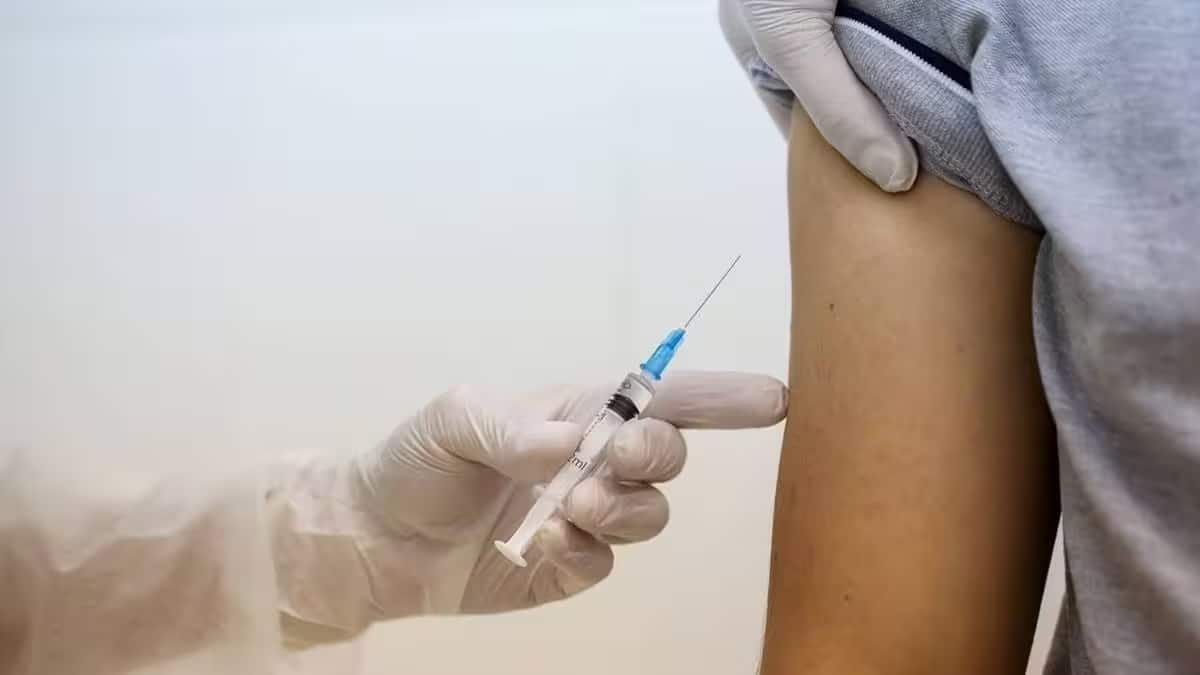

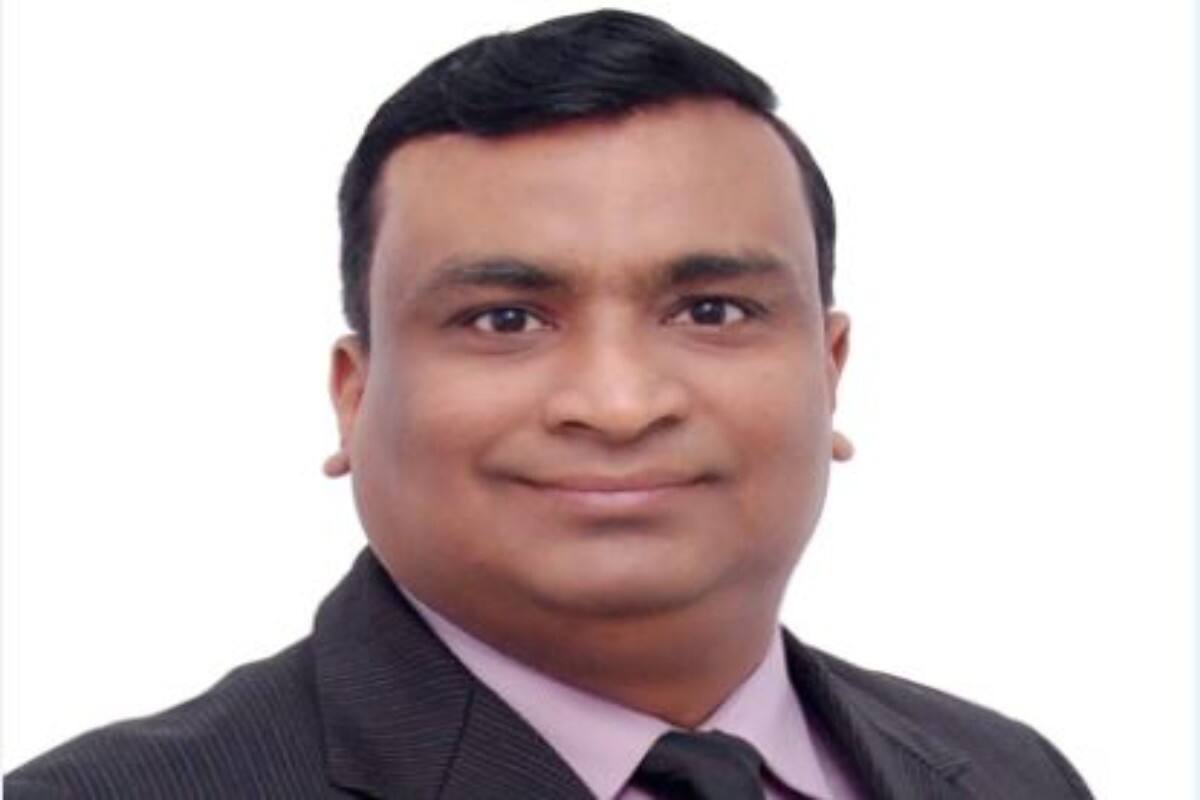

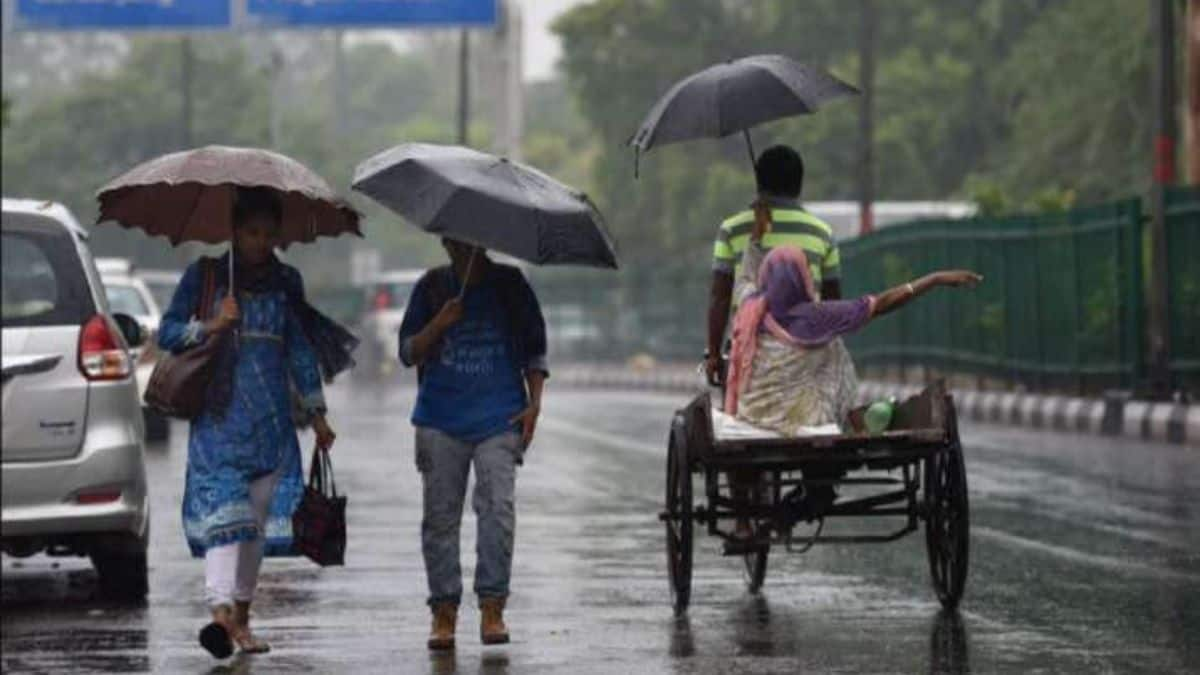
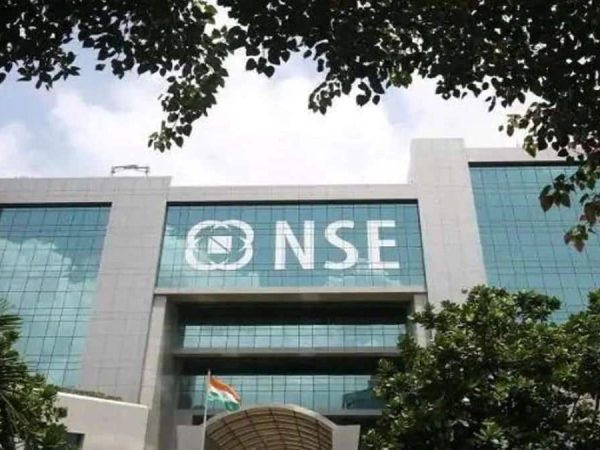
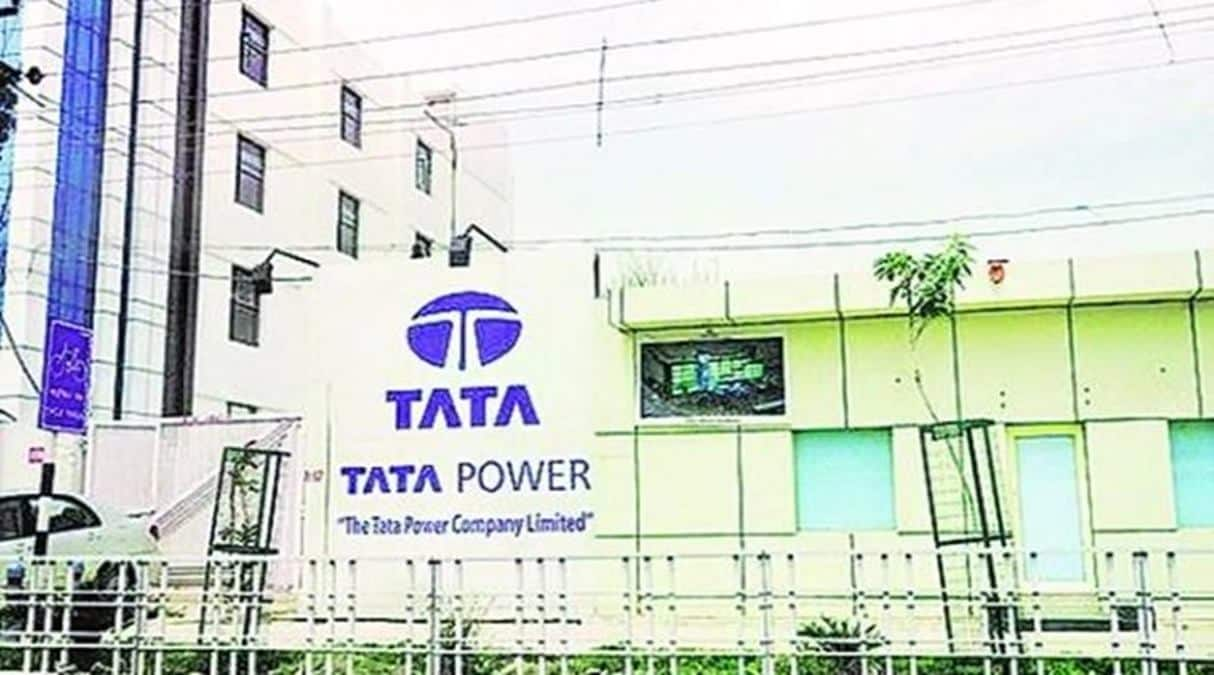
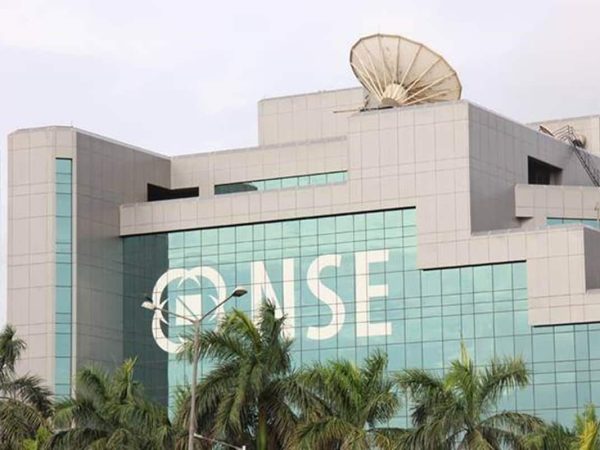
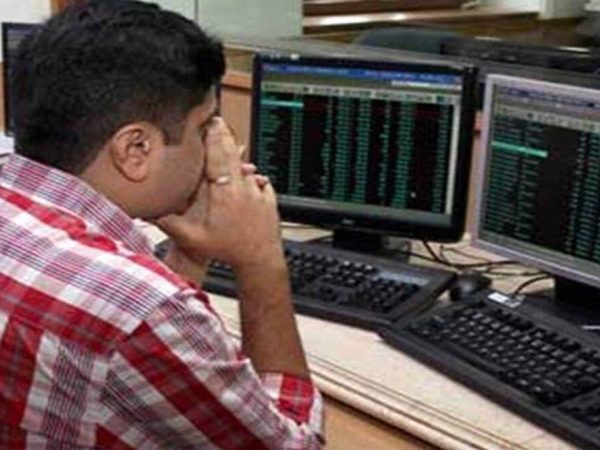
 Live Updates
Live Updates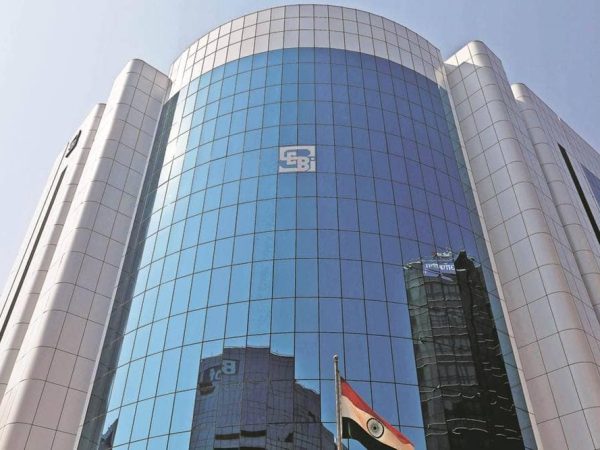
Recent Comments